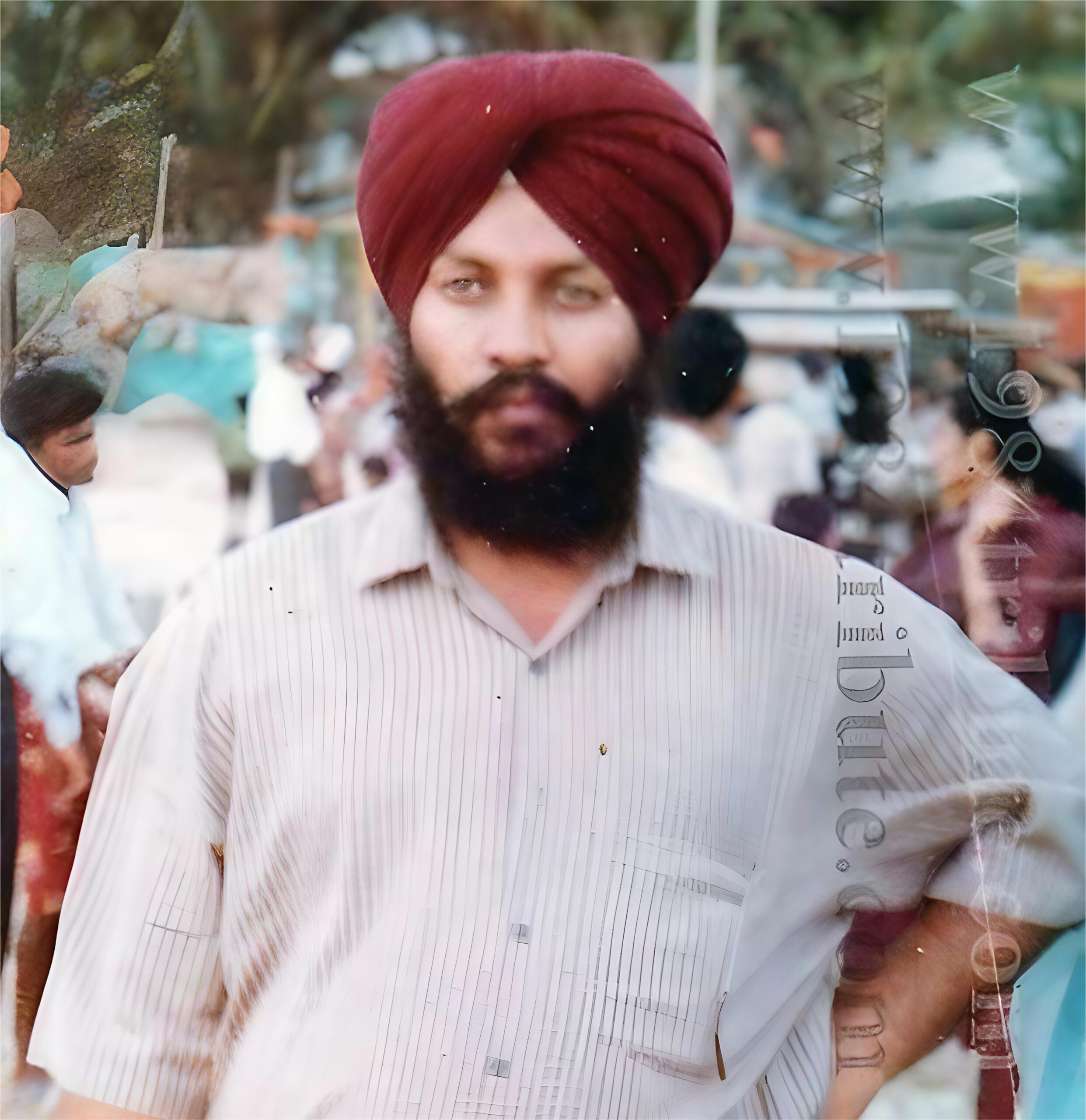In the annals of Sikh resistance and sacrifice, the name Bhai Dharam Singh Kashtiwal shines brightly—a symbol of valor, unwavering conviction, and enduring legacy. Born in 1963 in the village of Kashtiwal, Batala, in Punjab’s Gurdaspur district, Bhai Dharam Singh rose from humble beginnings as a farmer and Markfed worker to become a leader of the Babbar Khalsa movement, ultimately achieving martyrdom on December 28, 1992.
Early Life and Rise to Leadership
From his upbringing in a deeply religious Sikh household, Bhai Dharam Singh internalized the ethos of service and community. Completing his studies up to the 11th grade, he combined academic pursuit with devotion while helping support his family. As he matured, his commitment deepened—from domestic duties to supporting the broader Sikh struggle for justice.
The Man Behind the Martyr
While most narratives focus on his revolutionary acts, those who knew Bhai Dharam Singh Kashtiwal recall a man of humility and deep faith. Even as a leader, he was approachable, often sitting among villagers to listen to their concerns and strategize about protecting local Gurdwaras. His respect for Sikh traditions was evident in his daily routine—Nitnem (prayers), maintaining rehat (Sikh discipline), and encouraging others to live according to Gurmat principles. This balance between warrior spirit and spiritual grounding made him a rare leader.
Known within the Babbar Khalsa as Singh Sahib Kashtiwal, he emerged as a courageous defender of his people. Leading the Babbar Khalsa Kashtiwal Group, he inspired many to join their cause and stand against oppression.
The Fight, the Family, and the Fire
During the tumultuous late 1980s and early 1990s, Bhai Dharam Singh not only stood for a cause—he built a family that mirrored his convictions. On March 16, 1989, he married Bibi Sandeep Kaur, herself a distinguished Sikh Kharku activist and later, founder of the Dharam Singh Khalsa Trust. Together, in the face of state aggression, their bond was both personal and panthik in spirit.
One of their most dramatic episodes occurred after their marriage, when they were encircled by police in Shahjahanpur (Uttar Pradesh) on May 5, 1989. Despite being armed lightly and outnumbered, they fought for eleven grueling hours before breaking free—a testament to their unwavering resolve.
Martyrdom and Memory
The tragic end came on December 28, 1992, during a police encounter in Jalandhar. Betraying neither his ideals nor his loyalty, Bhai Dharam Singh ingested a cyanide capsule, embracing martyrdom rather than surrender.
His brother, Bhai Sahib Singh Kashtiwal, had already fallen earlier that same year, on May 16, in a suspected fake encounter near Fatehgarh Churian in Batala.
Even today, their sacrifices are honored annually by Sikh communities. The Bhai Dharam Singh Khalsa Charitable Trust, established by Bibi Sandeep Kaur, commemorates the brothers each year on November 28 with kirtaan, sehaj paths, and tributes to families of Sikh martyrs. These observances create spaces for remembrance and community renewal.
Impact on the Community and Generations After
Even decades later, the name Bhai Dharam Singh Kashtiwal evokes pride among Sikhs worldwide. His life is taught as an example in local history classes, discussed in Gurdwara speeches, and remembered in Shaheedi Samagams (martyrdom gatherings). For many young Sikhs, his story is a reminder that personal comfort should never outweigh the pursuit of justice.
Legacy Through Service
What stands out about Bhai Dharam Singh is not just his martyrdom but also his vision for community service. Locals recalled his efforts to protect Nagar Kirtans in areas dominated by opposing forces and his ingenuity in manufacturing rat-trap bombs to deter oppressive forces—acts that were as strategic as they were symbolic.
In another instance, during a police checkpoint near Ludhiana, Bhai Dharam Singh cleverly posed as the son of a retired police officer to secure his group’s release—an act blending courage, cunning, and daring.
Why This Story Still Matters
-
A Beacon of Resistance
Bhai Dharam Singh Kashtiwal’s story anchors us in a turbulent yet pivotal chapter of Sikh history. His life reminds us that meaningful change—however perilous—often emerges from relentless determination. -
Humanizing the Martyr
He was not just a revolutionary but a husband, son, brother, and friend—a human being driven by faith, love, and duty. -
Service in Action
From protecting kirtans to building community resilience, his ethos of “sewa” continues to inspire younger generations. -
The Power of Commemoration
Annual remembrance rituals anchored in the Dharam Singh Trust reinforce collective identity and honor the cost of freedom.
Conclusion
Bhai Dharam Singh Kashtiwal is more than a historical figure; he is an everlasting testament to courage, conviction, and community. In a world where comfort often trumps courage, his life beckons us to revisit our own commitments—to stand firm in our beliefs, to serve others in spite of risk, and to honor those who laid down their lives for the greater good.
Interested in featuring this blog or collaborating on similar content? I’d love to help tailor more narratives that spotlight inspiring Sikh legends and community heroes.
